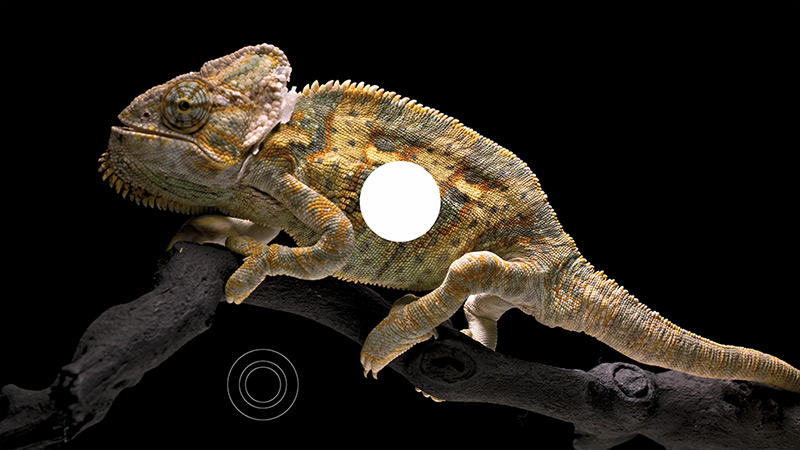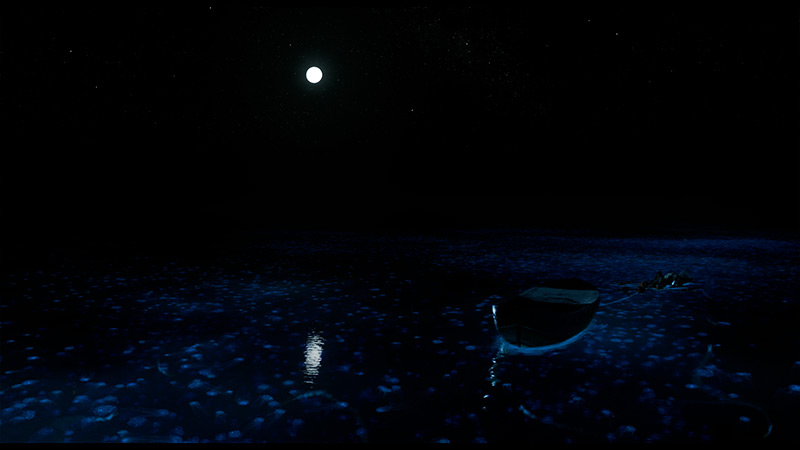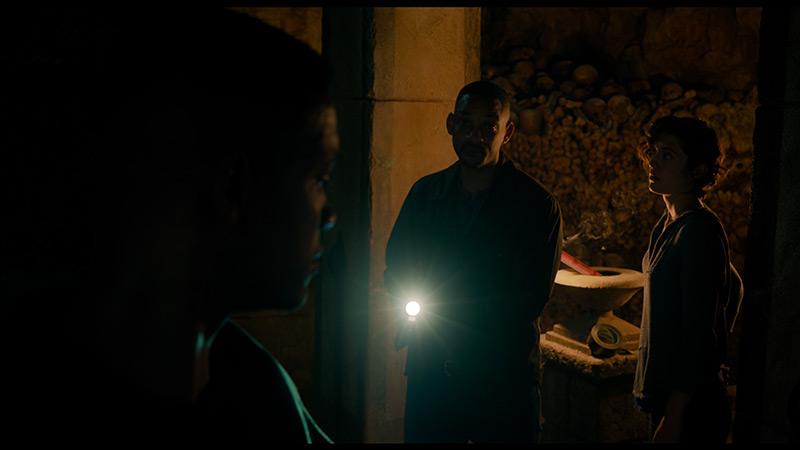The Samsung Q80D is a versatile television model catering to both gamers and everyday users. With support for HDMI 2.1, a refresh rate of 120Hz, and low input lag, it is an ideal choice for gaming enthusiasts. Features like the Game Bar provide quick access to game settings, enhancing user comfort and allowing for a fully immersive gaming experience.
For everyday use, the Q80D excels as well. Running on the Tizen operating system, it offers a wide array of apps and Smart TV features, including popular streaming services like Netflix, YouTube, and Amazon Prime Video. Its high brightness makes it suitable for bright rooms, effectively minimizing reflections and ensuring a clear picture even in challenging lighting conditions. The solar remote control is a notable advantage, eliminating the need for batteries and enabling control of other devices, such as decoders, thereby increasing user convenience and reducing the clutter of multiple remotes.
While the TV lacks recording functionality, it compensates with excellent picture quality. Although it does not support Dolby Vision, it delivers exceptional visual experiences after collaboration. The contrast, black levels, and vivid colours position it among the best televisions in its class. The incorporation of quantum dot technology (QLED) provides a wide colour gamut, and the local dimming feature enhances picture quality in dark scenes, which is especially important for watching movies and series.
The Samsung Q80D is an excellent choice for gamers and everyday users. It offers high-quality picture and sound, with a comprehensive range of Smart TV features. Despite a few minor drawbacks, it is a television that will undoubtedly meet the expectations of even the most demanding users.
The Samsung QN900D, as the flagship model for 2024, is a standout in the realm of premium televisions. Its use of Mini LED technology elevates picture quality, producing deep blacks and striking brightness levels that make movies and high-resolution content highly immersive and realistic. HDR effects are rendered with exceptional detail, while vivid and true-to-life colors, especially post-calibration, position this TV as an excellent choice for discerning users prioritizing superior picture quality.
One of the QN900D's most impressive features is its motion handling. It is the only television currently on the market capable of delivering a 240 Hz refresh rate at 4K resolution, setting a new benchmark for fluidity. This capability makes fast-paced action scenes in movies and high-intensity gaming appear seamless, free from blurring or stuttering. Gamers, particularly those using high-end PCs, will find the ultra-smooth and responsive gameplay experience impressive.
The Tizen operating system enhances the TV’s value, with seamless integration into smart home ecosystems and access to many popular applications. AirPlay and SmartThings allows for straightforward control of connected devices, turning the QN900D into a multifunctional entertainment hub. Its sleek design, combined with the One Connect box that simplifies cable management and an elegant central stand, lends a touch of luxury to any living space. The Ambient Mode further enhances its aesthetic appeal by enabling the display of decorative content, allowing the TV to blend harmoniously with its surroundings.
However, the QN900D does come with some limitations. Notably, it struggles slightly with contrast under certain conditions and lacks support for Dolby Vision, which could be a drawback for those seeking this feature. It’s also worth noting that while the TV's 8K resolution offers cutting-edge visuals, the utility of such resolution is still limited by the current availability of native 8K content. For most users, the 4K Neo QLED QN95D provides comparable performance at a potentially lower cost, raising the question of whether 8K is necessary at this stage.
Overall, the Samsung QN900D is undeniably one of the most advanced televisions of 2024, ideal for those who desire state-of-the-art technology and are willing to invest in the highest tier of home entertainment.
















































































































